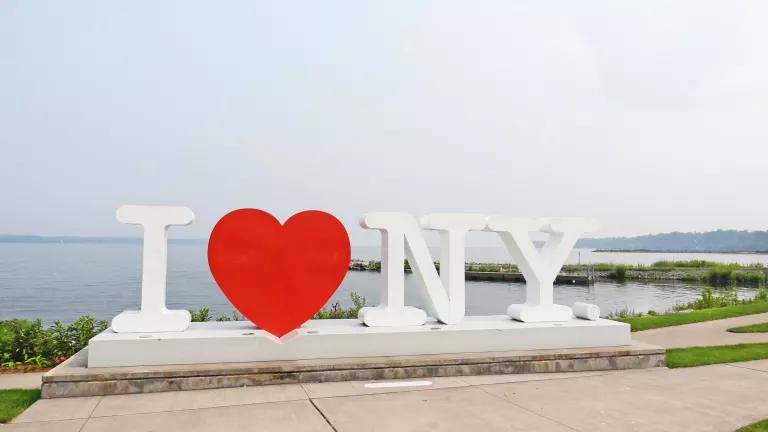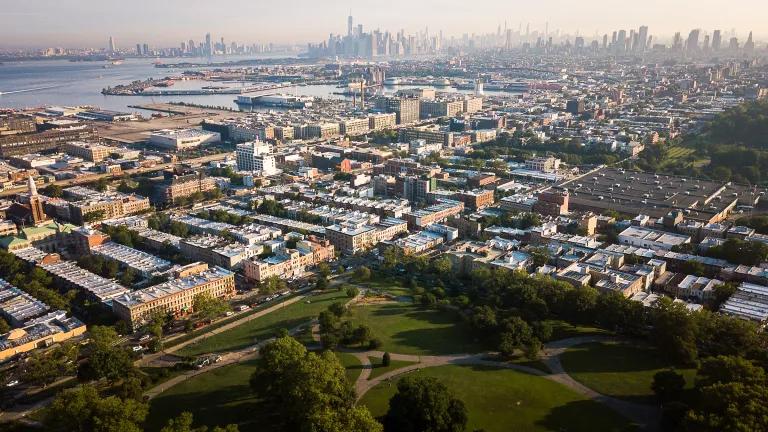Hudson River PCB cleanup process working so far - but large polluted areas must be included for 2013
General Electric is preparing to pull its dredging equipment from the Hudson River for the winter, as it reaches the halfway mark in its clean-up of toxic PCB pollution that it dumped there decades ago. Last week, the U.S. Environmental Protection Agency announced that the process is working and GE is making good progress.
But in order to call the clean up a true success, when dredging resumes in March of next year, GE will need to expand the targeted area to include large areas of polluted riverbed that weren’t discovered until after the current dredging plan was complete.
As EPA reports, as in 2011, GE has made good progress so far. Helped along by good river conditions, it has proceeded at a brisk pace, far exceeding its productivity goals for 2012. And “all of the EPA-required limits on the amount of sediment stirred up and resuspended during the dredging and the amount of area that can be capped were met.”
It’s encouraging to see reconfirmation that the dredging process is so successful at removing PCBs. But while it’s great that GE is doing a good job at cleaning up the area it has committed to clean, significant concerns remain. The plans for the rest of the project will leave significant “hotspots” of pollution untouched, continuing to damage the river. But this is a problem that GE can fix now – before it puts all of its dredging equipment away for good – and still meet its targeted completion date of 2017. The company owes it to New Yorkers to complete a real, meaningful clean-up, now that we know there’s more pollution there than previously expected.
For a 30-year period starting in the late 1970s, GE fought aggressively to avoid and then minimize any cleanup of its own PCB contamination in the Hudson River. Finally, in 2010, GE formally committed to a multi-year cleanup plan and started dredging the river.
GE has now reached a critical juncture in the cleanup project. In its work to date, GE has been dredging sections of the river from bank to bank, so the cleanup was relatively thorough. Starting next year, however, as the project moves south in the river, the areas targeted for dredging are farther apart, so many areas will be untouched by the cleanup. At the same time, however, federal agencies have identified many “hotspots” (about 136 acres of them, in fact) that have high levels of contamination but are outside the dredging plan. If GE doesn’t expand its cleanup to include these hotspots, the river’s restoration will be incomplete and these high levels of contamination will remain and continue to harm the river and the plants, animals and people who rely on it. Our communities have already suffered for far too long.
Work plans for next year’s dredging will be set over the next few months, so that work can resume after the spring thaw. That’s why it’s so critical that GE make a firm commitment now to expand the cleanup boundaries, in a targeted way, to include nearby areas with the most critical contamination. Since GE has actually been working more quickly than expected, the company has time to spare – time to expand its operations and clean the contamination more thoroughly.
So while we applaud GE for meeting and exceeding the EPA’s dredging goals for this year, we also strongly urge the company to ensure that, in the coming years, it doesn’t leave behind deadly poisons that can easily and safely be removed.



